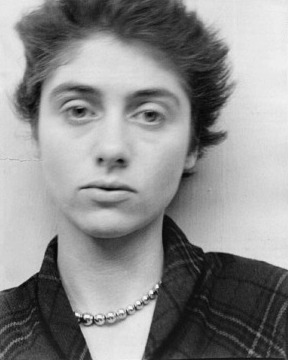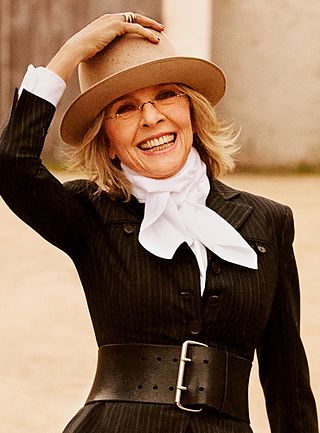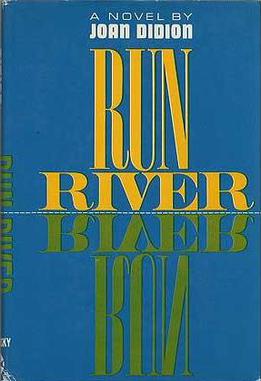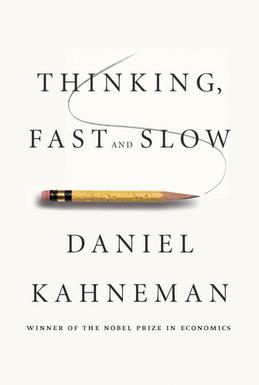
Diane Arbus was an American photographer. She photographed a wide range of subjects including strippers, carnival performers, nudists, people with dwarfism, children, mothers, couples, elderly people, and middle-class families. She photographed her subjects in familiar settings: their homes, on the street, in the workplace, in the park. "She is noted for expanding notions of acceptable subject matter and violates canons of the appropriate distance between photographer and subject. By befriending, not objectifying her subjects, she was able to capture in her work a rare psychological intensity." In his 2003 New York Times Magazine article, "Arbus Reconsidered", Arthur Lubow states, "She was fascinated by people who were visibly creating their own identities—cross-dressers, nudists, sideshow performers, tattooed men, the nouveaux riches, the movie-star fans—and by those who were trapped in a uniform that no longer provided any security or comfort." Michael Kimmelman writes in his review of the exhibition Diane Arbus Revelations, that her work "transformed the art of photography ". Arbus's imagery helped to normalize marginalized groups and highlight the importance of proper representation of all people.

Barbara Ehrenreich was an American author and political activist. During the 1980s and early 1990s, she was a prominent figure in the Democratic Socialists of America. She was a widely read and award-winning columnist and essayist and the author of 21 books. Ehrenreich was best known for her 2001 book Nickel and Dimed: On (Not) Getting By in America, a memoir of her three-month experiment surviving on a series of minimum-wage jobs. She was a recipient of a Lannan Literary Award and the Erasmus Prize.

Diane Keaton is an American actress. She has received various accolades throughout her career spanning over five decades, including an Academy Award, a British Academy Film Award, and two Golden Globe Awards, in addition to nominations for a Tony Award and two Emmy Awards. She was honored with the Film Society of Lincoln Center Gala Tribute in 2007 and an AFI Life Achievement Award in 2017.

Nora Ephron was an American journalist, writer, and filmmaker. She is best known for writing and directing romantic comedy films and received numerous accolades including a British Academy Film Award as well as nominations for three Academy Awards, a Golden Globe Award, a Tony Award and three Writers Guild of America Awards.

Joan Didion was an American writer and journalist. She is considered one of the pioneers of New Journalism, along with Gay Talese, Truman Capote, Norman Mailer, Hunter S. Thompson, and Tom Wolfe.

The Missionary Position: Mother Teresa in Theory and Practice is a book by the journalist and polemicist Christopher Hitchens published in 1995. It is a critique of the work and philosophy of Mother Teresa, the founder of an international Roman Catholic religious congregation, and it challenges the mainstream media's assessment of her charitable efforts. The book's thesis, as summarized by one critic, was that "Mother Teresa is less interested in helping the poor than in using them as an indefatigable source of wretchedness on which to fuel the expansion of her fundamentalist Roman Catholic beliefs."

John Gregory Dunne was an American writer. He began his career as a journalist for Time magazine before expanding into writing criticism, essays, novels, and screenplays. He often collaborated with his wife, Joan Didion.

Melanie Richards Griffith is an American actress. Born in Manhattan to actress Tippi Hedren, she was raised mainly in Los Angeles, where she graduated from the Hollywood Professional School at age 16. In 1975, 17-year-old Griffith appeared opposite Gene Hackman in Arthur Penn's neo-noir film Night Moves. She later rose to prominence as an actor in films such as Brian De Palma's Body Double (1984), which earned her a National Society of Film Critics Award for Best Supporting Actress. Griffith's subsequent performance in the comedy Something Wild (1986) attracted critical acclaim before she was cast in 1988's Working Girl, which earned her a nomination for the Academy Award for Best Actress and won her a Golden Globe.

The Demon-Haunted World: Science as a Candle in the Dark is a 1995 book by the astrophysicist Carl Sagan.. In it, Sagan aims to explain the scientific method to laypeople and to encourage people to learn critical and skeptical thinking. He explains methods to help distinguish between ideas that are considered valid science and those that can be considered pseudoscience. Sagan states that when new ideas are offered for consideration, they should be tested by means of skeptical thinking and should stand up to rigorous questioning.
David Trinidad is an American poet.

Frances FitzGerald is an American journalist and historian, who is primarily known for Fire in the Lake: The Vietnamese and the Americans in Vietnam (1972), an account of the Vietnam War. It was a bestseller that won the Pulitzer Prize, Bancroft Prize, and National Book Award.

Danzy Senna is an American novelist and essayist. She is the author of six books and numerous essays about race, gender and American identity, including Caucasia (1998), Symptomatic (2003),New People (2017), and most recently Colored Television (2024). Her writing has appeared in The New Yorker,The Atlantic,Vogue, and The New York Times. She is a professor of English at the University of Southern California.
Diane Johnson is an American novelist and essayist whose satirical novels often feature American heroines living in contemporary France. She was a finalist for the Pulitzer Prize for her novel Persian Nights in 1988.

After Henry is a 1992 book of essays by Joan Didion. All but two of the essays of this book are reprinted in the 2006 anthology We Tell Ourselves Stories in Order to Live. "Insider Baseball" and "Shooters Inc." are not included, although they appear in the Political Fictions section of the collection. In the United Kingdom, the book was published in 1993 by HarperCollins under the title Sentimental Journeys, after the last essay in the collection.

Run, River is the debut novel of Joan Didion, first published in 1963.

Joseph O'Neill is an Irish novelist and non-fiction writer. O'Neill's novel Netherland was awarded the 2009 PEN/Faulkner Award for Fiction and the Kerry Group Irish Fiction Award.
Maureen Theresa Howard was an American novelist, memoirist, and editor. Her award-winning novels feature women protagonists and are known for formal innovation and a focus on the Irish-American experience.

Thinking, Fast and Slow is a 2011 popular science book by psychologist Daniel Kahneman. The book's main thesis is a differentiation between two modes of thought: "System 1" is fast, instinctive and emotional; "System 2" is slower, more deliberative, and more logical.

Blue Nights is a memoir written by American author Joan Didion, first published in 2011. The memoir is an account of the death of Didion's daughter, Quintana, who died in 2005 at age 39. Didion also discusses her own feelings on parenthood and aging. The title refers to certain times in the "summer solstice [...] when the twilights turn long and blue." Blue Nights is notable for its "nihilistic" attitude towards grief as Didion offers little understanding or explanation of her daughter's death. Writing for The New York Review of Books, Cathleen Schine said,
"'We tell ourselves stories in order to live,' Didion famously wrote in The White Album. Blue Nights is about what happens when there are no more stories we can tell ourselves, no narrative to guide us and make sense out of the chaos, no order, no meaning, no conclusion to the tale."
This is a list of works by and on American author Joan Didion.
















